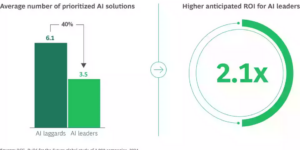Workers compensation, the largest product segment in the U.S. commercial lines insurance sector, has experienced a recent profit renaissance, moving to a significant underwriting profit in 2015.However, long-term profitability in this traditionally more volatile line remains uncertain. Market competition is fueling a move towards declining premium rates, and favorable trends in claims cost factors and loss reserve experience may not prove long lasting
Executive Summary
After reviewing some favorable trends that put workers comp underwriting results in the black last year, Fitch's Jim Auden predicts a return to underwriting losses for the industry as a whole. But some states, and some insurers, will fare better than others, he writes, describing factors that carriers need to navigate to achieve success in an increasingly competitive market.Favorable Underwriting Performance Turnaround
For the property/casualty industry aggregate, workers compensation underwriting results have vastly improved in the last five years with the combined ratio moving to 95 in 2015, the industry’s first posted result below 100 since 2006. This result compares with a recent cyclical peak combined ratio of 117 in 2011.
The change in fortune for workers compensation is attributable to a number of factors, including strong premium revenue growth from better pricing and economic factors, favorable loss cost trends, and favorable loss reserve experience tied to more conservative reserving practices.





































